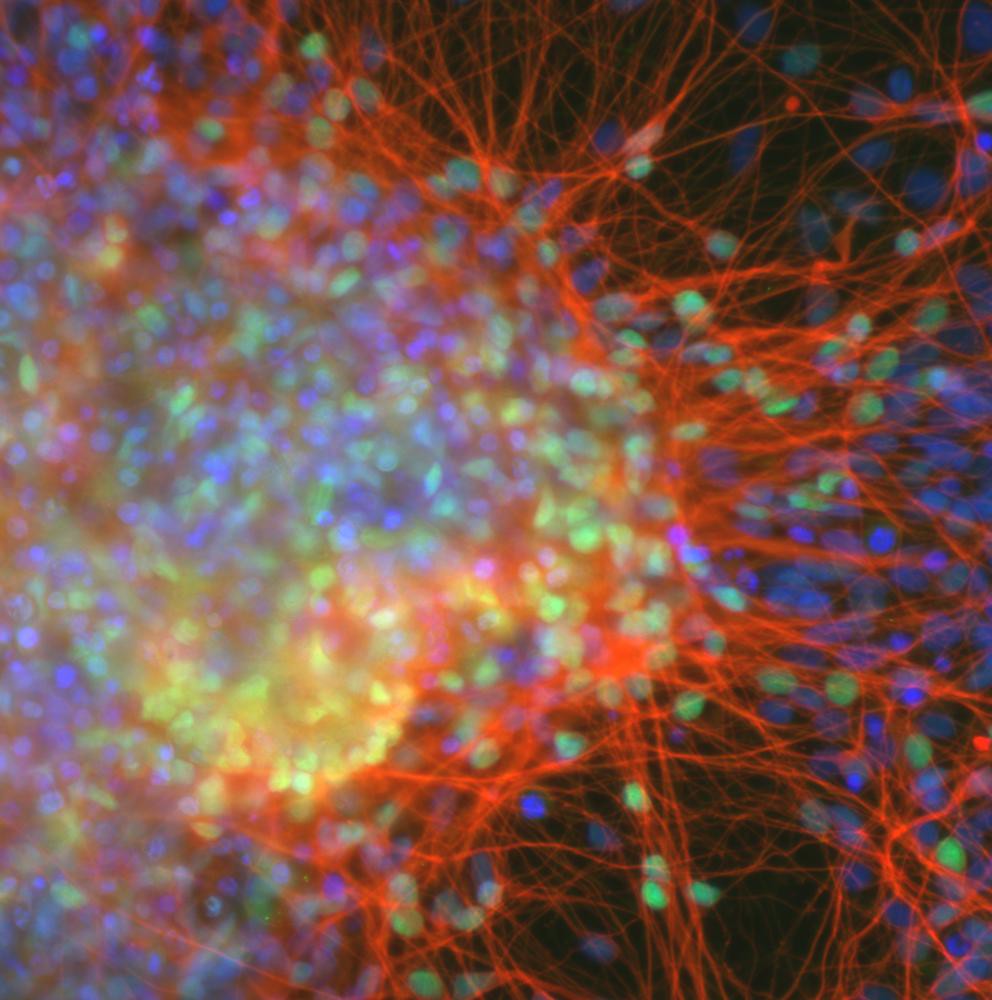Wind-down of stem-cell institute leaves a void
By Jeanne F. Loring,
Nature
| 08. 07. 2019
For the past dozen or so years, stem-cell researchers in California have been the envy of the world. In 2004, as a rebuke to the restrictions put in place in the United States by then-president George W. Bush on funding for human embryonic stem-cell research, Californians approved US$3 billion in taxpayer funds to support regenerative medicine. That essentially guaranteed that the state would become the centre of innovation in the field.
Since then, almost all of my research funding has come from the California Institute for Regenerative Medicine (CIRM). But not for much longer.
In June, CIRM announced that it was no longer accepting new grant applications. Its money is running out, leaving researchers with fewer resources to develop stem-cell-based therapies. That same month, several of us stem-cell scientists were featured in a documentary series that promoted unproven stem-cell treatments and was partially funded by a for-profit clinic facing federal charges. We learnt about the nature of the series after that clinic sent mass e-mails promoting it. The film-makers removed interview footage at our request.
This coincidence demonstrates the double-edged...
Related Articles
By Jenny Lange, BioNews | 12.01.2025
A UK toddler with a rare genetic condition was the first person to receive a new gene therapy that appears to halt disease progression.
Oliver, now three years old, has Hunter syndrome, an inherited genetic disorder that leads to physical...
By Rachel Hall, The Guardian | 11.20.2025
Couples are needlessly going through IVF because male infertility is under-researched, with the NHS too often failing to diagnose treatable causes, leading experts have said.
Poor understanding among GPs and a lack of specialists and NHS testing means male infertility...
By Pam Belluck and Carl Zimmer, The New York Times | 11.19.2025
Gene-editing therapies offer great hope for treating rare diseases, but they face big hurdles: the tremendous time and resources involved in devising a treatment that might only apply to a small number of patients.
A study published on Wednesday...
By Aisha Down, The Guardian | 11.10.2025
It has been an excellent year for neurotech, if you ignore the people funding it. In August, a tiny brain implant successfully decoded the inner speech of paralysis patients. In October, an eye implant restored sight to patients who had...




